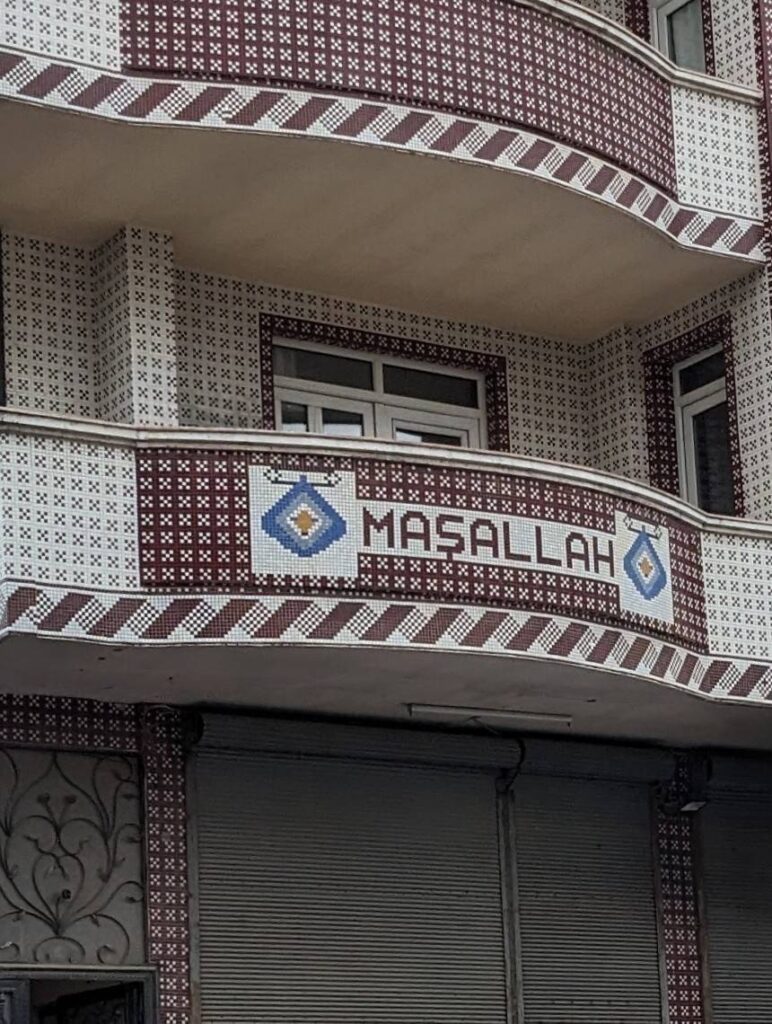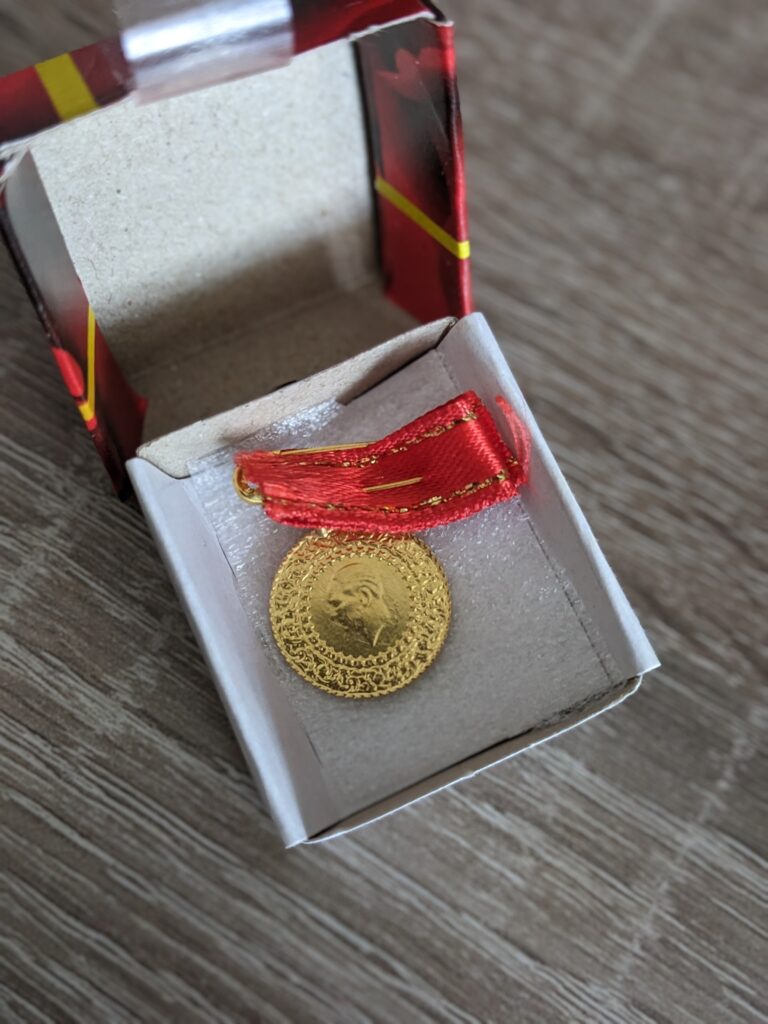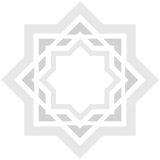Log in or register to save completed lessons.
Prerequisites for this Turkish Culture Lesson
Survival vocab and travel guide for your first visit to TurkeyBasic pronunciation
Survival words & phrases
Cultural guidelines
What is the Nazar?
The evil eye, also known as “nazar” in Turkish, is a concept deeply embedded in Turkish culture. It is believed to be a curse, a type of negative energy, or a form of dark spiritual power that is brought on by jealousy or envy. It is believed to cause harm and misfortune to a person or their possessions. This belief in the evil eye has been around for centuries and is still prevalent in Turkish society today.

Origins of the Evil Eye
The word “nazar” in Turkish comes from the Arabic word نَظَر (naẓar), but the origin of the evil eye belief system is somewhat unclear. Ancient texts that reference the evil eye have been discovered dating back to ancient Greek and Roman times, and even as early as the Ugaritic civilization of the Late Bronze Age. [1] These ancient cultures saw the evil eye as a powerful and dangerous force that could bring harm to people, animals, and even crops. The belief in the evil eye then spread to other parts of the world, including Turkey, where it has become a deeply ingrained cultural phenomenon.
Turkish words and phrases related to the evil eye
In Turkish culture, it is believed that when someone compliments you or admires your possessions, it can inadvertently attract the evil eye, bringing negative energy or a curse that can harm you or your possessions. For this reason, people use various phrases and words as a form of protection against the evil eye.

"Maşallah"
One common word used for protection from the evil eye is “maşallah.” This word comes from an Arabic phrase Mā šāʾ Allāh (ما شاء الله) originally meaning “God has willed it.” The word is often said while complimenting someone or admiring their possessions in order to avoid drawing the attention of the evil eye.
It is also commonly written on buildings and vehicles to protect them from damage, theft, or other types of misfortune.
"Allah korusun!"
“Allah korusun” is another common phrase that is used as a form of protection against the evil eye. It literally means “may God protect” This phrase is commonly written on signs to protect buildings or on bumper stickers to protect cars. By asking for God’s protection in this way, it is believed that it can help prevent any negative energy or harm from coming to the building or car.
This phrase is also commonly used when discussing potential disasters or severe misfortunes that could possibly happen.
"Allah bağışlasın"
This phrase is used as a way of protecting children from the evil eye. Since it is said for this purpose, most people say the phrase without reflecting on what it means. The original meaning was apparently a prayer: “May God provide [health to the child],” with the verb “bağışlamak” being used with a meaning of “to provide.” [2] However, since the verb “bağışlamak” is commonly used for its other meaning, “to forgive,” many people have interpreted the expression as a prayer for God to forgive the child.
"Çirkin" and "cadı"
Another common way to protect children from the evil eye is to use words such as “çirkin” (ugly) or “cadı” (witch) as indirect ways of complimenting a child’s appearance. Although these words would normally be very offensive, the facial expression and tone of voice of the speaker show that they are meant as a compliment, implying that the opposite is actually true. The belief is that by describing a child as unattractive, it will distract the evil eye and protect the child from its effects.
Cultural practices related to the evil eye
In addition to the many words and phrases used to ward off the evil eye, there are a number of things that people do in Turkey to protect possessions and people from the negative energy or spiritual power of the evil eye.
Avoiding staring at or looking at children
In Turkey, many people believe that children are particularly vulnerable to the evil eye, so people in Turkish culture may avoid staring at children or commenting on their appearance.
Spitting or making spitting sounds
Since compliments are believed to attract the evil eye, one common way to protect a person from the evil eye in Turkish culture is by spitting on them or pretending to spit on them.
Extra precautions for people with blue eyes
In Turkey, people with blue eyes are believed to be especially susceptible to the effects of the evil eye, both in terms of suffering from misfortune themselves and inadvertently attracting the evil eye by looking at them with their blue eyes. As a result, they may take extra care to try to protect themselves and others from the evil eye.
Items and symbols used to ward off the evil eye
To protect themselves and their possessions, many people in Turkish culture use various items and symbols that they believe have the ability to distract or deflect the evil eye.

Nazar boncuğu
The most common item used to ward off the evil eye is the nazar boncuğu, or evil eye bead. The nazar boncuğu is a circle or tear-drop shape often with blue, white and black colors forming the shape of an eye. The nazar boncuğu is most often used in a glass bead that is pinned on the clothing of children or hung on walls of buildings or inside of cars or other possessions to protect them. The nazar boncuğu symbol is often incorporated into designs in textiles and home decorations.
Red Ribbons
Another object commonly used in Turkish culture to ward off the evil eye is a bright red ribbon. Red ribbons are often tied around the wrists of small children or around the waists of a bride on her wedding day. The ribbons are also often attached to nazar boncuğu beads as well as gold coins, jewelry, and other valuable possessions. The vibrant red color is believed to attract the evil eye’s attention, distracting it from the person or object it is intended to protect.


Hamsa (Fatma's Hand)
Another symbol used to protect from the evil eye is the Hamsa symbol. The hamsa is a hand-shaped symbol that is usually blue and usually incorporates an eye in the palm of the hand. It is common to find the hamsa symbol in Turkish jewelry and decorations.
The word “hamsa” comes from the Arabic word for five, referring to the five fingers on the hand. It is also sometimes called “Fatma’nın eli,” which means “Fatma’s Hand,” referring to the Islamic prophet Muhammed’s daughter.
Motifs in Turkish Rugs
Many of the traditional patterns in Turkish rugs at one point were used as protection from the evil eye. However, many people today use these designs for their aesthetic appeal and not for protection from the evil eye. One common motif traditionally associated with the evil eye is the diamond shape, which often has additional diamonds nested inside it. Other symbols that have been used in rugs to ward off the evil eye include the çengel (hook), muska (triangular amulet shape), and pıtrak (burdock). [3]
Muska necklaces and Quranic verses
There are many other examples of items that are believed to have power to ward off the evil eye. Additional examples include necklaces with triangle-shaped leather pouches called “muska” and cards with Qur’anic verses printed on them that are hung on walls or doors.
Sources
[1] Pardee, Dennis. “VIII. INCANTATIONS: RS 22.225: The Attack of the Evil Eye and a Counterattack.” Writings from the Ancient World: Ritual and Cult at Ugarit, vol. 10, Society of Biblical Literature, 2002, pp. 161-166. Accessed 10 Apr. 2023, https://archive.org/details/ritualcultatugar0000pard/page/160/mode/2up.
[2] Türk Dil Kurumu Sözlükleri. “Allah bağışlasın.” Güncel Türkçe Sözlük. Accessed 10 Apr. 2023, https://sozluk.tdk.gov.tr/.
[3] “Kilim Motifs.” Wikipedia, Wikimedia Foundation. Accessed 9 Apr. 2023, https://en.wikipedia.org/wiki/Kilim_motifs.
This lesson was made with the assistance of ChatGPT, a language model powered by OpenAI.


Very helpful.